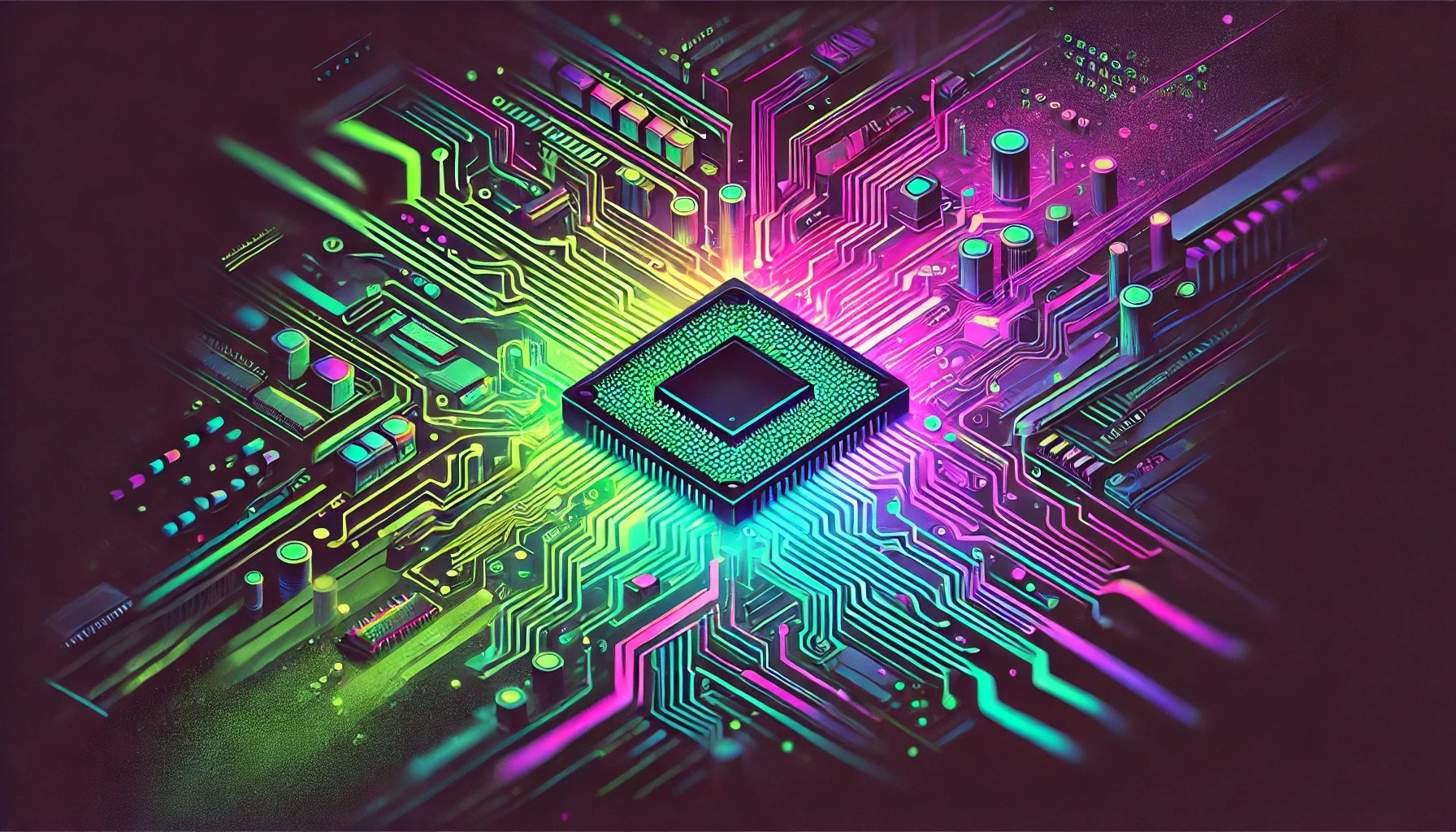Choose the Display Hardware
- Research available LCD and OLED display modules that fit your needs and are compatible with your project specifications.
- Consider resolution, interface (e.g., SPI, I2C, parallel), color depth, power consumption, and any pre-existing libraries or support.
Understand the Communication Protocol
- Refer to the display's datasheet to understand the communication protocol it uses (e.g., SPI, I2C).
- Learn about initialization sequences, commands, and required configuration settings for the display.
Set Up Microcontroller Environment
- Configure your microcontroller to use the required communication protocol by setting the appropriate pins and clock speeds.
- Install any necessary libraries or packages that provide support for the selected display type. For example, use libraries like `Adafruit_GFX` or `u8g2` for easy interfacing.
Initialize the Display Module
- Write the initialization code using commands from the display's datasheet. This often involves sending a series of commands to the display to set it up.
- Example Initialization for an SPI-based OLED display:
void initDisplay() {
// Set the display off
sendCommand(0xAE);
// Set display clock divide ratio/oscillator frequency
sendCommand(0xD5);
sendCommand(0x80);
// Set multiplexer ratio
sendCommand(0xA8);
sendCommand(0x3F);
// Additional initialization commands follow...
}
Implement Communication Functions
- Create functions to send data and commands to the display through the chosen communication protocol (SPI, I2C, etc.).
- Example SPI Send Function:
void sendSPI(uint8_t data) {
// Set chip-select pin low
digitalWrite(CS_PIN, LOW);
// Transfer data byte via SPI
SPI.transfer(data);
// Set chip-select pin high
digitalWrite(CS_PIN, HIGH);
}
Create a Display Driver
- Develop a driver module in your firmware to interface with the display, abstracting the hardware specifics using higher-level functions.
- Include functions for drawing pixels, lines, rectangles, text, etc., leveraging any libraries that can simplify these tasks.
- Example Drawing Function:
void drawPixel(uint8_t x, uint8_t y, uint16_t color) {
// Code to determine the memory location and set the pixel's color
setMemoryAddress(x, y);
sendCommand(0x5C); // Write to RAM command
sendData(color);
}
Test Your Display
- Write a test script to display known patterns, characters, or images to verify correct initialization and functioning of your display driver.
- Take this opportunity to debug any issues in communication or initialization.
Optimize and Finalize
- Review your code for efficiency, particularly in the drawing functions that may involve complex operations like buffering or double-buffering for flicker-free displays.
- Consider creating interrupt-driven updates for dynamic displays to maintain efficient CPU utilization.
Document Your Work
- Thoroughly document the setup, available functions, and any known issues or quirks with the display implementation.
- Create a user guide or development notes for future reference or for other team members working with the same hardware.
























